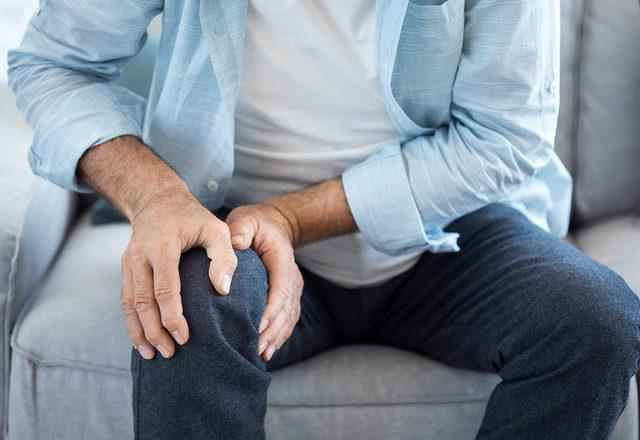Calcification is the loss and wear of the slippery cartilage tissue that covers the bone surfaces in the joints and allows the joint to move freely. It is necessary to be conscious about calcification, which restricts the patient’s movements and causes severe pain. prof. Dr. Ali Turgay Çavuşoğlu gave information about knee calcification and half-partial (unicondylar) knee replacement surgery.
PATIENTS HAVE DIFFICULTY WALKING
“Calcification is the permanent damage to the articular cartilages for various reasons. Calcification, which is a progressive disease, causes serious pain and difficulty in movement in the joints. Calcification, which is generally seen in the age group of 50 years and above, that is, in the 4th and 5th decades, is less common in young people. While overweight and obesity have an important role in the formation and rapid progression of the disease, patients experience walking difficulties and sprains in the legs, especially in the later periods.
OBESITY IS ONE OF THE MOST IMPORTANT FACTORS
Familial predisposition has a role in the formation of calcification. However, the obesity problem, which is described as the plague of the age in today’s world, is one of the most important factors of calcification. Past accidents, erroneous surgeries, excessive occupational and sports activities and rheumatic diseases are the main causes of this disease.
THE MOST IMPORTANT SYMPTOM IS NON-GOING PAIN IN THE KNEES

The most important symptom of osteoarthritis is pain in the knees. In the early stages of the disease, this pain can be bearable, mild and intermittent; While it is easily relieved by rest, the amount and duration of pain increases as the disease progresses. It also responds less positively to rest. Another symptom is bending the knee inward or outward when viewed from the front (distortion). This finding indicates that the disease has progressed seriously. Especially at night, the pain that wakes you up warns the person that this disease has reached its most advanced stage. While swelling in the knees gradually increases, other findings include decreased walking distance, crackling sounds called crepitation from the knees, and edema by collecting water in the knees during simple movements.
IT IS MORE VISIBLE IN WOMEN OVER 50
Calcification, which is seen proportionally more in female patients over 50 years of age, is more common in obese societies. Although it is seen less regionally in our country, the frequency of calcification in articular cartilages is increasing, especially in the Mediterranean region. Obesity, genetic transmission, excessive physical activity, previous accidents and surgeries are risk factors for this disease.
TO BENEFIT FROM THE ADVANTAGES OF KNEE PROSTHESIS, IT MUST BE APPLIED WITHOUT calcification before it reaches a very advanced stage.

The diagnosis of calcification is largely made by simple x-ray examinations following a careful patient examination. However, when necessary, the diagnosis is confirmed by computed tomography and MRI examinations. Unicondylar knee prosthesis (half knee prosthesis) surgery, which is one of the treatment options, is a surgical treatment method in which only the deteriorated part of the knee is surgically intervened in the middle and moderate-advanced stages of calcification disease, without touching the parts that have not yet deteriorated. In order to benefit from the advantages of this method, which is also known as partial or small prosthesis among the people, it should be applied before the disease reaches a very advanced stage.
THIS TREATMENT PROVIDES EARLY RETURN TO DAILY LIVE
The unicondylar (half-partial) knee prosthesis procedure, which is performed under spinal (waist numbing) or general anesthesia, is a smaller (minor) surgical intervention performed with a smaller incision and less tissue intervention compared to the total (whole) prosthesis. In this surgery, only the damaged area of the knee is repaired with a prosthesis. This operation, which lasts for an average of 45 minutes, provides advantages such as less blood loss, less risk of infection, earlier return to daily life and no need for an additional physical therapy process in many patients compared to total knee prosthesis. Partial-half (unicondylar) knee prosthesis, which has the same success rate as normal knee prostheses, also has a lower postoperative complication rate.
EXTREMELY LONG USAGE TIME
Patients who reach the level of discharge within 2-3 days can walk independently after the 10th day without the support of a walker. Unicondylar (partial-half) prostheses, which generally have a similar lifespan with normal knee prostheses, can then be replaced with normal total prostheses. In this way, the normal knee prosthesis usage times can be doubled and 25-30 years can be reached.
